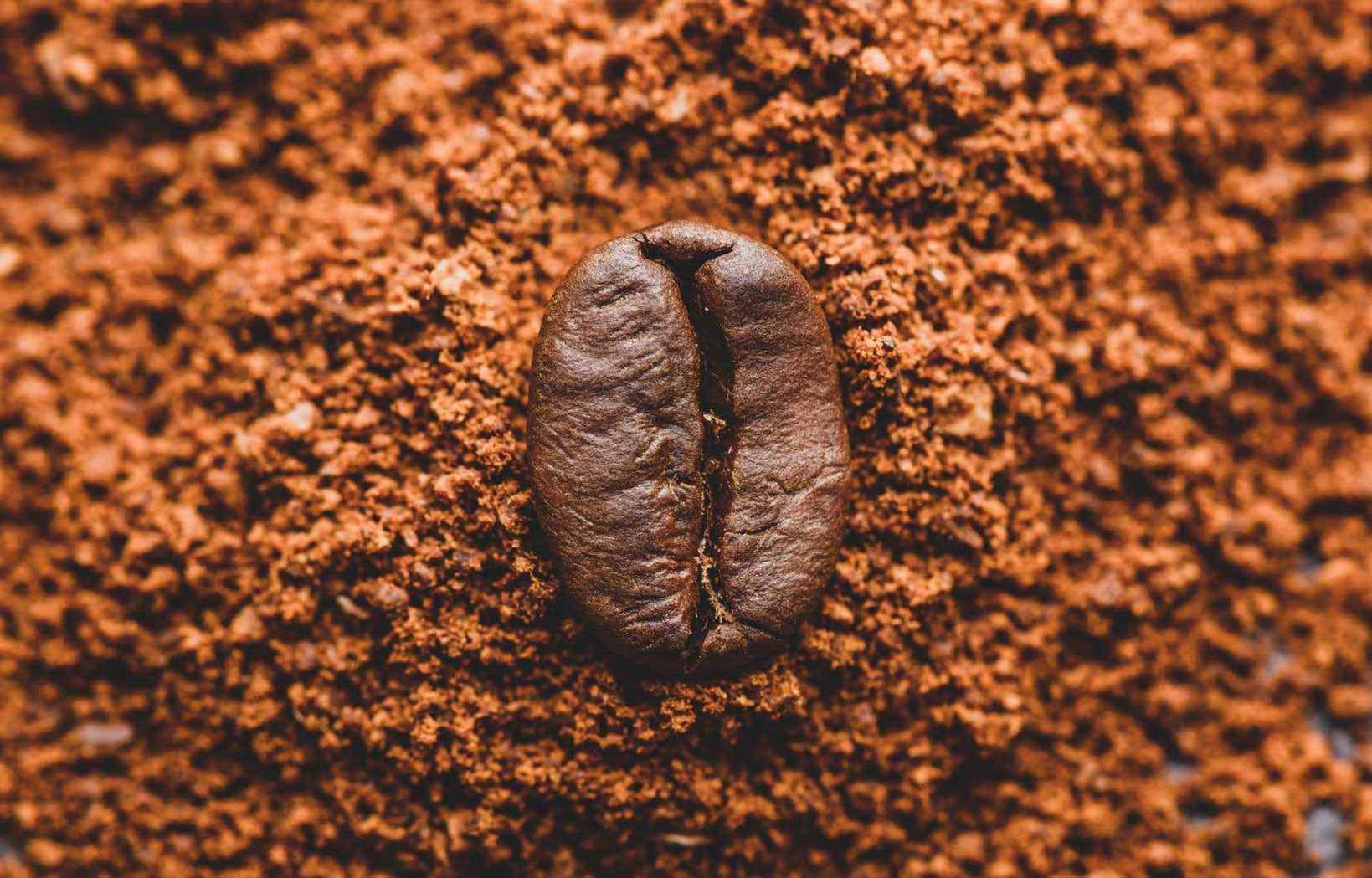This text is part of the special book Plaisirs
The skill of today’s roasters allows the consumer to choose from an array of coffee flavors. With the help of two experts in the field, we explore the flavors to favor according to your eating habits.
The craze has never been stronger for coffee at home. So these are questions that coffee drinkers are asking more and more because we are always trying to find different ways to experience coffee,” explains Hind Kaddouri, representative and barista at Édika.
Before embarking on the pairings, one must first understand the particular flavors of the grain that one chooses. Like wine regions, it is possible to categorize the flavors of coffee according to the main countries that produce it. According to Hind Kaddouri, beans from Ethiopia are usually potent and those from Kenya concentrated and earthy. In Costa Rica and Colombia, coffees are generally mild and less concentrated while generating a lot of acidity and bitterness.
The roasting stage, therefore the cooking of the grain, can alter these aromas. You have to be attentive to the origin of the bean, but also to the type of roasting. “If you start with a mild coffee and lightly roast it, it will keep its sweetness and its floral side. The longer it is cooked, the further it takes away from the flavor of the origin of the grain,” notes Hind. During this stage, the roasting notes appear on the coffee bag (mango, caramel, plum, dark chocolate).
Complement or balance the aromas?
Once you know how to better detect the properties of coffee beans, you can focus on the agreements to make according to your tastes and eating habits. “There are two ways to approach pairings between coffee and food,” says Hind Kaddouri. The food can complement and accentuate an aroma already present in the coffee or, again, it can balance it. You can sweeten a very strong coffee with a sour food, for example. »
Kareen Grondin, recipe development specialist, thinks the second option is preferable. The specialist promotes the marriage of flavors based on the three main properties of coffee to choose her pairings. “There is an acid side, a bitter side and a fruity or sweet side. These are at different levels depending on the coffee extraction. »
You have to marry your favorite coffee with a food rather than thinking first of the food and then of the coffee
It invites you to prioritize more fruity coffees and light, non-bitter roasts if you are used to eating berries for breakfast. A very tart coffee with raspberries, for example, could give an excessive result in the mouth. Hind Kaddouri more specifically suggests an Ethiopian floral coffee, quite velvety in the mouth and resulting from a short or medium roast. Citrus fruits, on the other hand, are more difficult to pair with coffee. “If you take a dark roast with a lot of bitterness, the taste will be missed with the acidity of the fruit,” says Kareen. However, apricot and melon work well with coffee since they have more sweetness and roundness. »
If you are the type to eat a pastry in the morning, the velvety coffee lends itself well to it since it is composed of many aromas, but is not too strong in the mouth. For an afternoon coffee with a cookie, Hind recommends a strong coffee, but lightly roasted, with hints of molasses or cocoa, to enhance the butteriness of the cupcake.
For those who prefer a savory breakfast or snack, cheese is one of the things that goes best with coffee. Hind Kaddouri specifies that it will be necessary to go for a full-bodied coffee and a longer roasted bean, a more full-bodied coffee ideally with smoky notes, if you eat a cheese with a strong taste. This will have the effect of bringing out the notes in both the food and the coffee. “In general, coffees from Brazil are quite round and smooth, and they stay in the mouth for a long time. Much like the earthy coffees of Rwanda, they complement the protein well in a camembert or blue cheese,” she says.
Lovers of the classic bagel and cream cheese will do well to prioritize a mild and slightly acidic coffee. “It will reinforce the creamy side. A mild cheese goes best with a mild coffee because both will mellow,” says Hind, mentioning in passing that Parmesan cheese tastes great with coffee.
Endless possibilities
Beyond being the drink of choice in the morning, coffee can also be used in the kitchen to enrich flavors. Kareen Grondin, who loves to eat nuts with her coffee for the texture it brings, uses the caffeinated drink to deglaze a mushroom sauté or to concoct a steak sauce. “I also have a brownie recipe in which I flavor my butter with ground coffee. It’s magic, when you think about it! Coffee goes just as well with desserts as it does with mushrooms. Finally, a food that goes surprisingly well with coffee? Beet ! “It’s a slightly sweet root vegetable, and it’s surprising how well it mixes,” Hind points out.
